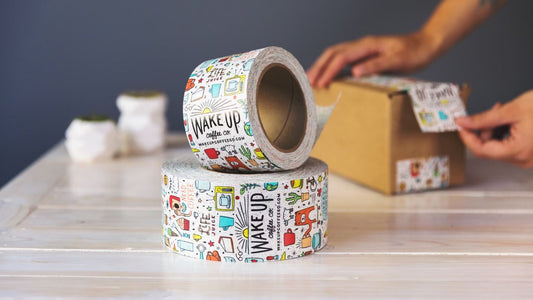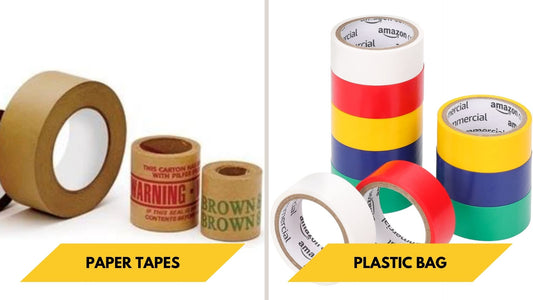ABOUT Recycled Paper Packaging
A Guideline to Recycled Paper Packaging

-
What is recycled paper packaging?
-
How is recycled paper turned into packaging products?
-
Are recycled paper products better for the environment?
-
How do recycled paper products stack up against alternatives?

-
Sorting the paper. Before paper can be given new life, recycling facilities must sort paper types for paper mills that use different grades of paper for different products. There are four primary categories:
-
kraft/corrugated paper (cardboard, packaging paper, paperboard)
-
newspaper
-
high-grade paper
-
mixed papers
-
Pulping the paper. This process typically feeds sorted paper from a conveyor belt to a tank full of water and chemicals. Then it’s finely chopped and heated to break it into small strands of cellulose. The resulting mixture is called pulp.
-
Screening, cleaning, and de-inking. The pulp moves through screens that remove tiny contaminants and then is pushed through a cone to clean and remove any pollutants. It may also go through a de-inking process.
-
Color stripping, bleaching, and refining. Refining involves beating the pulp to ensure it’s in the best shape to be reconstituted. Color stripping is a chemical process to remove any colors from the pulp. Sometimes, the pulp is bleached with chlorine dioxide, hydrogen peroxide, or oxygen to make it whiter.
-
Making new paper. With the pulp now clean it is ready to be remade. The recycled fibers can be used on their own or can be combined with virgin fiber (new wood fiber) for extra strength.

-
Recyclable – Paper can be recycled five to seven times on average, so even paper products that are already recycled can often be recycled again.
-
Biodegradable – Almost all paper can decompose naturally in six months or less.
-
Compostable – Most paper products are great for composting. In fact, "clean" cardboard can compost in around two months. Anything that’s glossy, heavily printed or covered in tape is not compostable.
-
Renewable – Trees are a renewable, natural resource. Most paper mills manage their own forests, and for each tree they cut down, they plant several more to ensure the growth rate stays stable and environmental impacts remain low. In fact, 4 million new trees are planted in the United States every day, and 1.7 million of those are planted by the wood and paper products industries.
-
Decomposing paper in landfills creates methane so recycling eliminates these greenhouse gas emissions. If the demand for recycled paper and recycled paper packaging products increases, then the efforts to recycle paper could also increase.
-
Recycling paper saves trees, allowing them to absorb more CO2. Trees remove carbon from the atmosphere, so keeping more trees alive creates cleaner air.
-
Recycled paper requires less energy to manufacture than making paper out of wood. Producing recycled paper uses 50% less energy than virgin wood pulp paper production.

-
Made from post-consumer recycled paper and/or FSC certified Paper
-
Sourced to have the lowest environmental impact possible
-
100% compostable in 1-3 months in a commercial facility or 3-6 months in home composting
-
Chlorine-free
-
Crafted according to FDA guidelines



